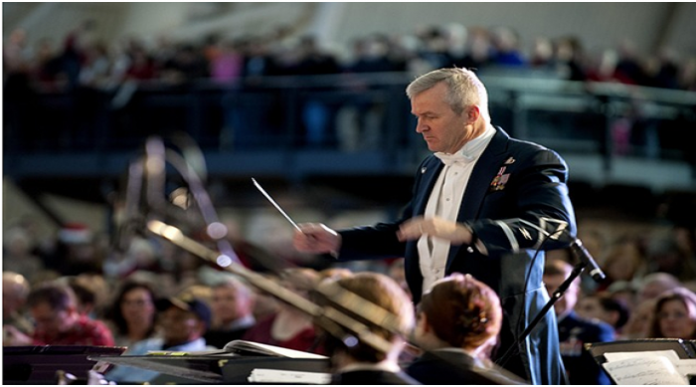In music, there are two driving forces: the type of notes you play and the sequence in which you play them. Beyond that, you have speed, volume, tone color and texture, among other elements. But it is those two core elements – type and sequence – that ultimately determine the success of a musical phrase, and its ability to resolve in a pleasing way. In music, it’s called “cadence.”
The world of sales is not so different than music. Salespeople are also looking for a successful conclusion, and also understand that the path you take to get there is inextricable from that success. Instead of notes and rhythm, however, salespeople have touchpoints and timelines. Used in a coordinated manner, these become a salesperson’s “sales cadence.”
Maybe you have heard the term tossed around, but don’t fully understand what it means or what the fuss is about. In this article, let’s clarify what exactly a sales cadence is and why it is an important feature in a successful sales team.
Table of Contents
What Is a Sales Cadence?
A sales cadence is the choreography of touchpoints a salesperson makes to maximize her/his chances of closing a sale or qualifying a lead. This includes the type of touchpoints (phone calls, SMS, email, voicemail, etc.,) the number of touchpoints (time and again, studies have shown that persistence is the key to making sales) and intervals between your touchpoints. These elements can be plotted and timed just right to maximize deal flow and boost engagement.
Why You Should Use One
The opposite of a programmatic sales cadence is randomness and human error. To reuse the music analogy, it would be the equivalent of mashing piano keys at random – you might accidentally stumble on a melody, but it’s unlikely. A sales team without a cadence might leave its sales reps to use their gut feeling when pulling a lead from the CRM, to reach out way too late and follow up irregularly.
By plotting out the process to maximize engagement, your reps know to reach out early, capitalizing on “speed to lead.” They know to follow up with persistence, across multiple channels, to thoroughly work the lead. They have a roadmap for success that they can follow.

Automating Cadence
Cadence can be a hard thing for someone to keep track of, since, by definition, it involves making very precise touches at precise times. Doing it manually is a headache. To nail your sales cadence and ensure consistency throughout your team, you should use sales tracking software on a sales engagement platform. It notifies reps when to contact a lead to capitalize on “speed to lead” and then tracks the lead to notify you when and how to follow up.
Do you want your sales team to be an elementary school band plonking on their instruments, or a well-rehearsed orchestra placing every note where it should be? Create a purposeful, effective sales cadence and automate it for continued sales success.




